The Confucius Temple and Imperial College
Beijing’s Gateway to Ancient Wisdom
.jpg)
Step Into the Heart of China's Scholarly Tradition
Tucked away on Guozijian Street, one of Beijing’s most historically rich lanes, the Confucius Temple and Imperial College Museum offer a glimpse into China’s intellectual and philosophical soul. This isn’t just another ancient site—it’s where emperors, scholars, and students gathered for over 600 years to pay homage to wisdom and knowledge.
Wander through ornate halls, tranquil courtyards, and towering stone steles, and you’ll find yourself transported to a time when education and moral virtue were the pillars of Chinese society.
Confucius Temple: Where Wisdom Meets Reverence
Founded in 1302, the Confucius Temple (孔庙, Kǒng Miào) is the second-largest Confucian temple in China, second only to the one in Confucius’ hometown of Qufu.
For centuries, emperors and scholars came here to honor the teachings of Confucius (551–479 BC), the philosopher whose ideas shaped China’s social and political systems for over 2,000 years.
Highlights of the Confucius Temple
The Hall of Great Accomplishment (大成殿, Dàchéngdiàn)
Step into the temple’s grandest hall, where elaborate carvings and a golden statue of Confucius take center stage. This was where emperors conducted solemn ceremonies to uphold the principles of Confucian thought—virtue, harmony, and respect.
198 Stone Steles – The Legacy of Scholars
Lining the temple’s courtyards, these massive stone tablets bear the names of over 51,000 scholars who passed China’s imperial examinations from the Yuan, Ming, and Qing Dynasties. Standing before them, you can almost feel the weight of history—the ambition, struggle, and triumph of those who shaped China’s governance.
The Four Memorial Archways – A Rare Sight in Beijing
The temple’s entrance is marked by four grand stone archways, an architectural rarity in Beijing. These symbolize the honor and prestige of Confucian scholarship, inviting visitors to step into a world where knowledge was once more powerful than wealth.
Imperial College Museum: The Pinnacle of Learning
Just a few steps away lies Guozijian (国子监, the Imperial College), Beijing’s highest seat of learning for nearly 700 years. This is where royal scholars trained to become government officials, shaping China’s leadership for generations.
Here, education wasn’t just about books—it was about mastering the Confucian classics, learning moral virtue, and preparing to govern an empire.
What to See at the Imperial College
Biyong Hall (辟雍, Bìyōng) – The Emperor’s Lecture Hall
The only imperial lecture hall of its kind in China, Biyong Hall was where the emperor himself would teach students—a rare occurrence that emphasized the importance of Confucian education. Surrounded by a circular moat, the hall’s design symbolizes balance and cosmic harmony.
Jixian Gate (集贤门) – The Entrance to Knowledge
Walking through this gate, imagine young scholars dressed in traditional robes, carrying bamboo scrolls and ink brushes, preparing to face the rigorous imperial exams that would determine their futures.
Historical Artifacts & Interactive Exhibits
The museum houses ancient textbooks, examination papers, and calligraphy tools, giving visitors a hands-on feel of what education was like in imperial China.
Step Into the Legacy of Knowledge
A visit to the Confucius Temple and Imperial College isn’t just about exploring another historic site—it’s about walking in the footsteps of emperors, scholars, and thinkers who shaped China’s civilization.
Whether you’re drawn by the grandeur of the temple, the solemnity of the scholar steles, or the intellectual spirit of the Imperial College, this journey through Beijing’s center of learning will leave you with a newfound appreciation for the power of wisdom.
Want to explore Beijing’s cultural treasures with expert guidance? Let us craft your perfect tour—reach out today!
Ready to start planning your next China adventure? Contact us today to start creating unforgettable memories.
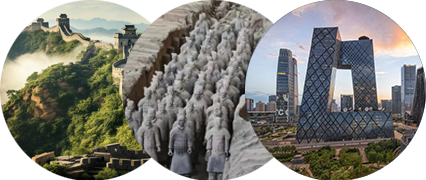
enjoy your vacation



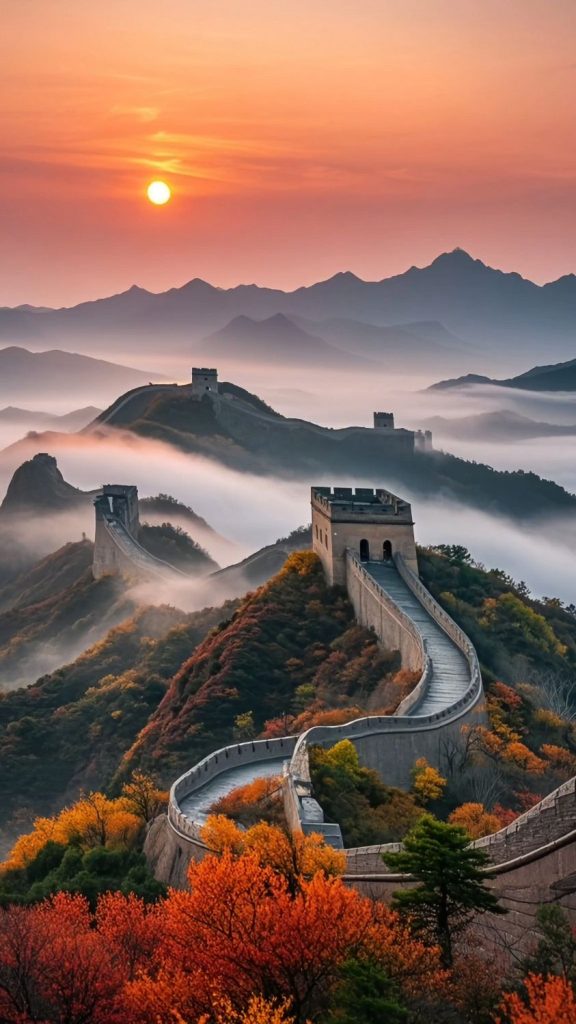
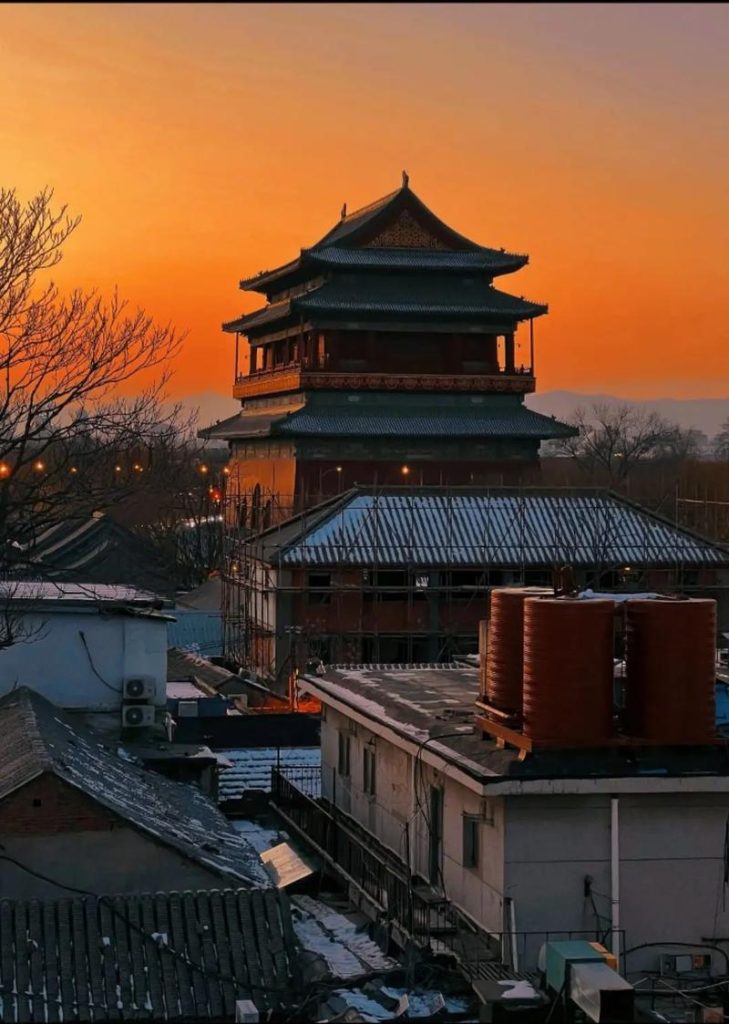


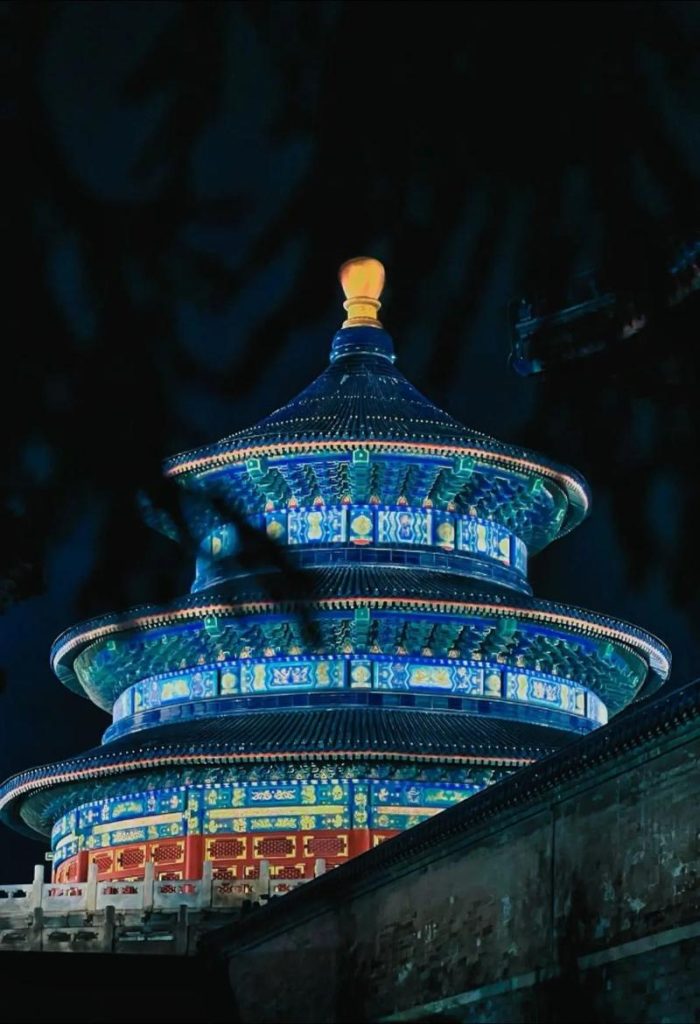
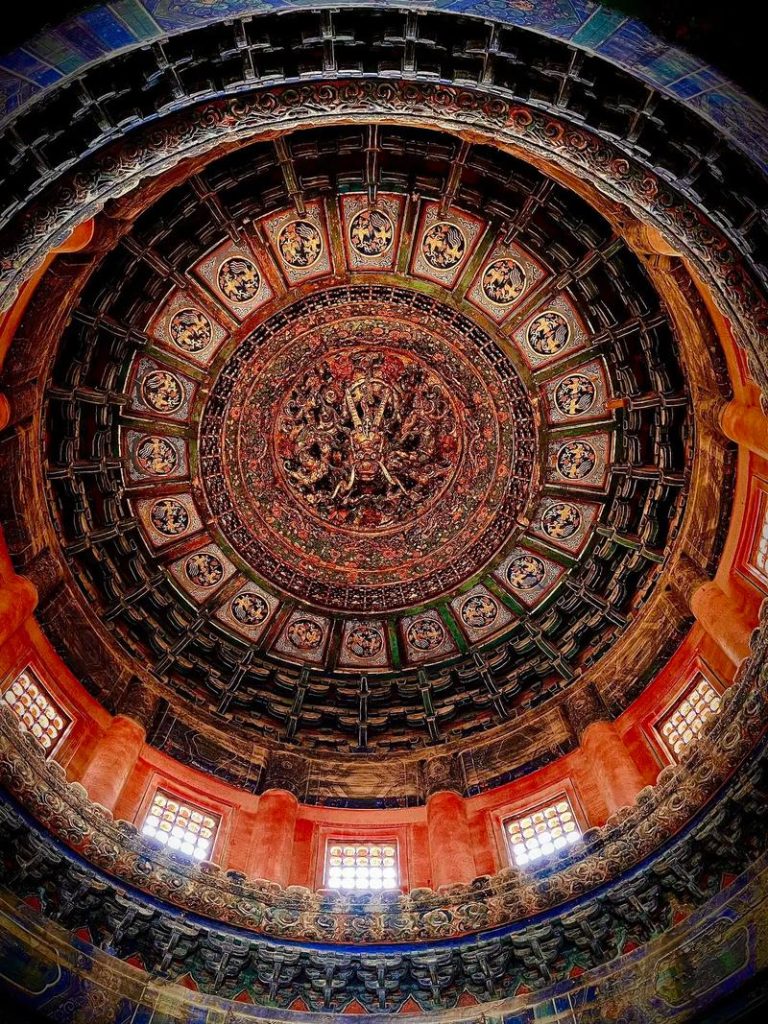
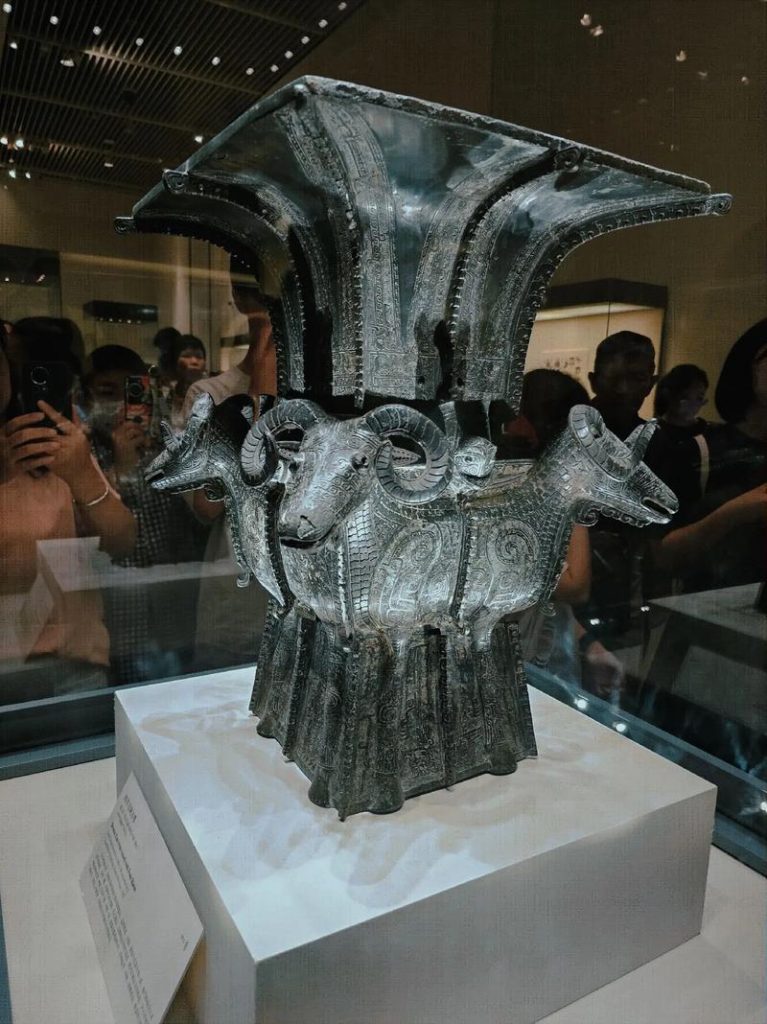
.png)